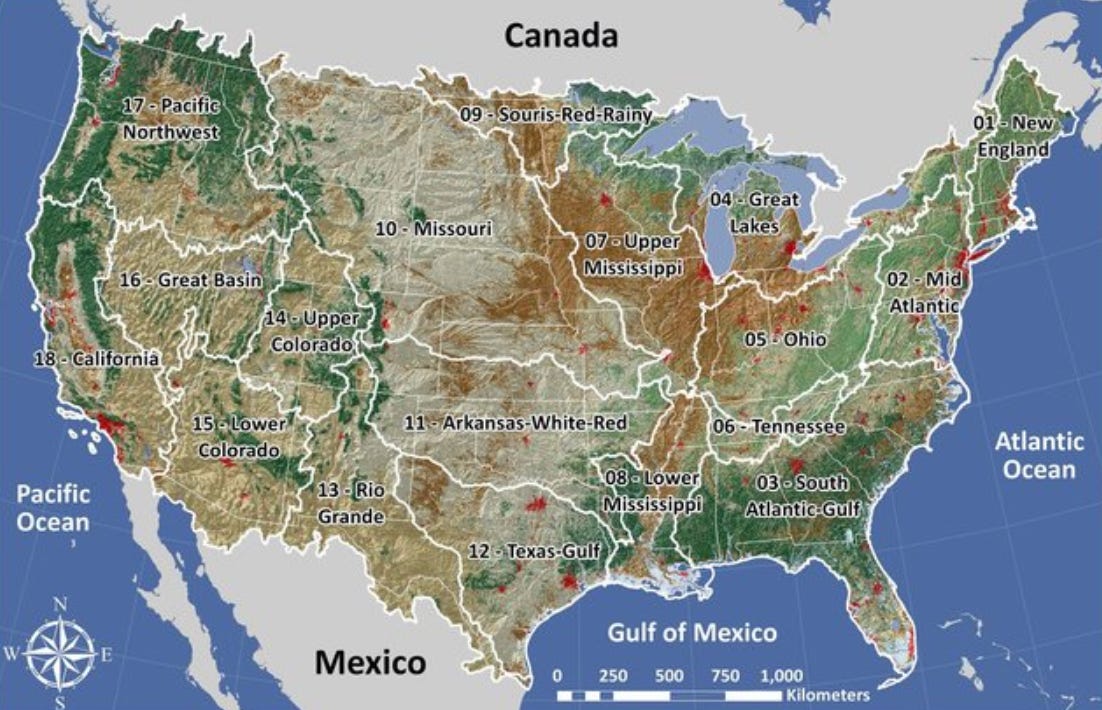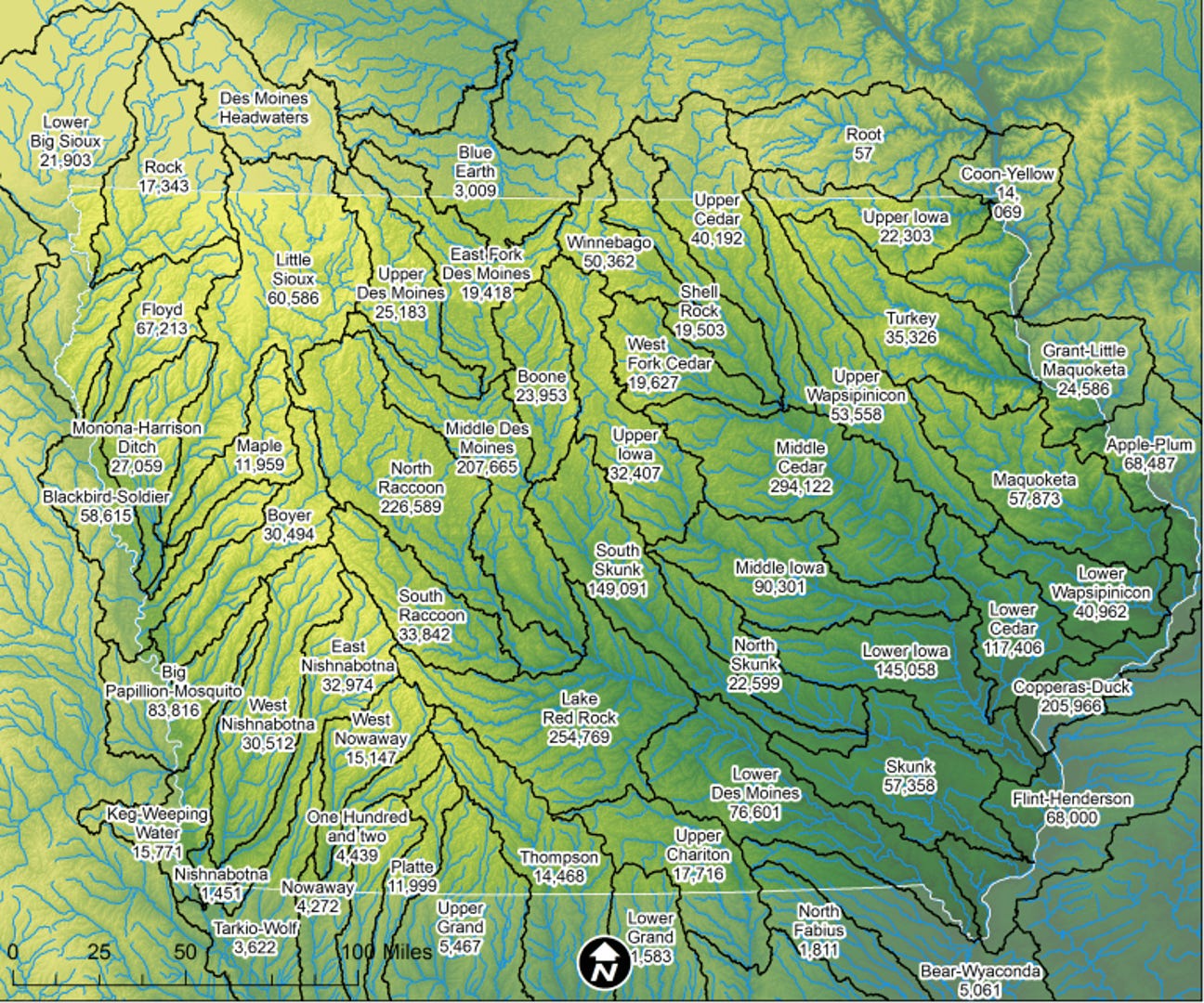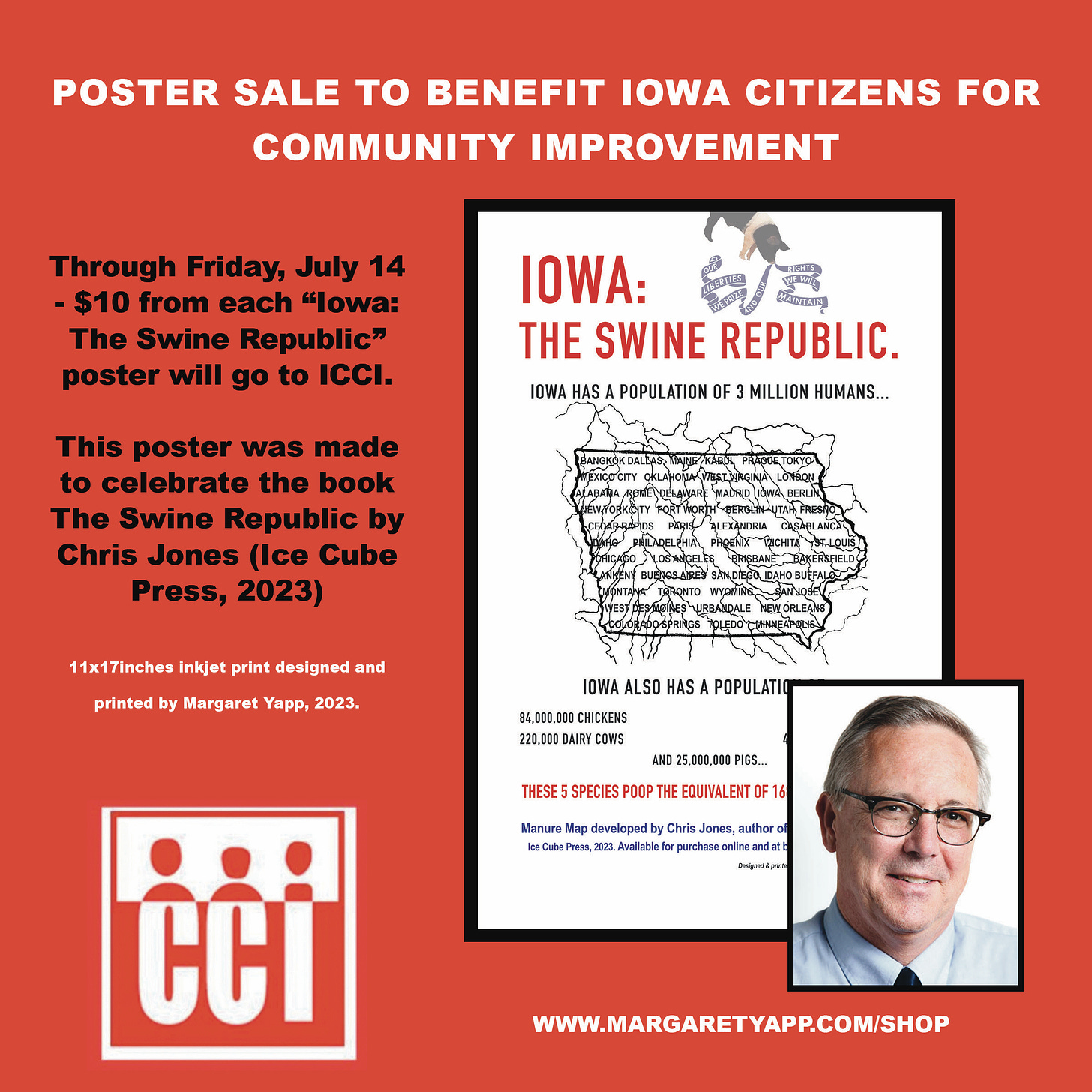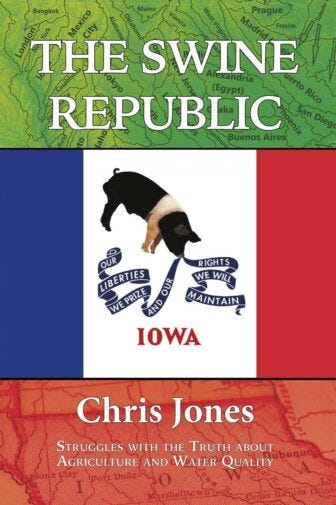A while back Bob Leonard (rleonard.substack.com) suggested I write an ongoing column for my substack called “Water System of the Week” that would highlight Public Water Supplies (municipal supplies, basically) in Iowa. Since there are more than 800 of them, this concept would produce an unlimited supply of writable material (good) and keep me busy until age 80 (bad) and since this would be a period of time longer than I spent at any of my career stops (bad) I thought it likely I might get bored with it before I even got to Bettendorf (assuming I went in alphabetical order) (bad) and thus produce boring writing (bad) and bored readers (bad). And the truth is, the nuts and bolts of public water supply is pretty boring for about 80% of the systems. I would know; I was certified by the State of Iowa as a licensed Water Treatment Operator and worked eight years in the industry.
So that’s 6 Bads and 1 Good but the Good is a really big one so I gave it a think and decided to modify the idea and try a ‘Watershed of the Week’ piece, but I’m not guaranteeing they will appear weekly. I am freshly retired, after all, and if the fish are biting or the morels are popping, well….you gotta make hay when the sun shines, as they say. So maybe I’ll call it my Watershed Moment since that one seems to have some staying power and implies it might happen anytime, which it might.
There are 56 HUC 8 (Hydrologic Unit Code) watersheds in Iowa and I will focus on them. (In this case, 56 is better than 800.) These average about 1000 square miles in size. A Hydrologic Unit is a hierarchical land area classification system created by the United States Geological Survey (USGS). A HUC 8 identifier means the watershed is identified using 8 numerical digits. The more digits there are in a watershed identifier, the smaller the watershed is. Smaller watersheds are nested within larger ones.
The hierarchical system runs from 2 to 12 digits, even numbers only. The U.S. has 22 HUC 2 watersheds (18 in the lower 48), 2400 HUC 8s, and 105,000 HUC 12s. Only a few of the HUC 2s are actual watersheds draining to a common point; the rest are regions of land area draining to a section of ocean coastline. Iowa has about 1700 HUC 12s and the size of these usually ranges from 10,000 to 50,000 acres. Water monitoring, watershed science and watershed improvement strategies commonly focus at the HUC 8 and HUC 12 level.
While all of Iowa’s water ultimately flows to the Gulf of Mexico, our state drains to two separate HUC 2s: The Missouri River (HUC 10) and the Upper Mississippi River (HUC 07). The numerical identifier of all Iowa watersheds draining to the Missouri begin with with ‘10’ and likewise those draining to the Upper Mississippi begin with ‘07’. Thus, the Boyer River watershed that drains to the Missouri is HUC 10230007 and the Turkey River watershed which drains to the Upper Mississippi is HUC 07060004, for example. About 31% of Iowa land drains to the Missouri and 69% to the Upper Mississippi.

I’m also working on pieces about the receiving HUC 2 basins (Upper Mississippi River and Missouri River) and will probably post those first. The hydrology of both has been highly disturbed and the state has both benefitted and suffered mightily because of this disturbance. Iowa is also a strong, probably the worst, contributor of water quality degradation to both of North America’s longest rivers.
I also have a special interest in the Upper Mississippi River because I spend a lot of my time within a half mile of it and can see it (in the winter anyway) from where I’m writing this. A bunch of sumacs and other leaved species block the view today and for most of the summer. I’ll be backing my jon boat into it not long after I post this piece.
Margaret Yapp at the University of Iowa Writers Workshop has taken an interest in my book and work and has done some really creative things with it, including designing the poster shown below. They’re good for a refrigerator door if you need a reminder of where that pork in freezer is coming from. Each purchase benefits Iowa Citizens for Community Improvement. They can be purchased at MargaretYapp.com/shop. (My picture is NOT part of the poster!).
About my book: The Swine Republic is a collection of essays about the intersection of Iowa politics, agriculture and environment, and the struggle for truth about Iowa’s water quality. Longer chapters that examine ‘how we got here’ and ‘the path forward’ bookend the essays. Foreword was beautifully written by Tom Philpott, author of Perilous Bounty. Get a free copy of the book with a paid subscription to this substack ($30 value).







Thanks for explaining the coding system and showing the maps. Looking forward to reading more.
VERRY important issue!